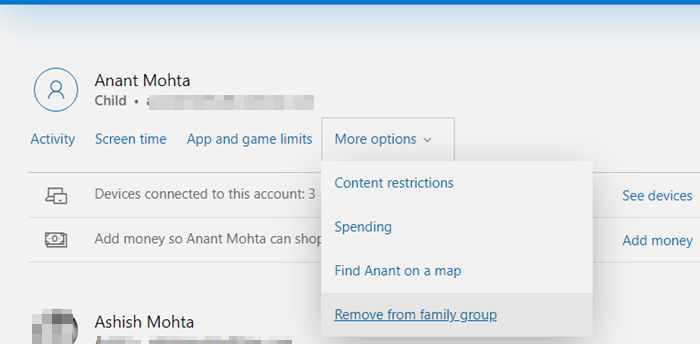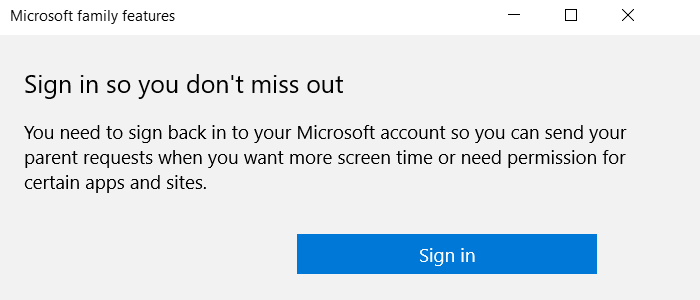

The chart has the same tree, descendants, and families settings. The Descendants Webtrees Charts are the direct opposite of the Ancestors Chart, but instead of displaying information backward to ancestors it displays information forwards to descendants. There are, though, arrows to help you navigate the tree, and the drop down menu allows you to insert the name of any ancestor. The Compact Tree Chart displays similar information to the above, but in a stylised tree that in my opinion is harder to understand.

Clicking in the ‘Individuals’ circle (and then the view button) changes the layout from a tree to a table listing every individual, and clicking in the ‘Families’ circle changes the layout to another table that lists husbands alongside their wives, and date and place of marriage. Alternatively, you may be able type a name or use the drop down ‘individual’ menu to find an individual ancestor.īy default the chart will show four generations of ancestors of the chosen person in the form of a simple tree, but the number of generations can be changed. The Ancestors Webtrees Charts may show ancestors of the default person (chosen by the site administrator) or if you are registered and logged in it may display your own ancestors. Individual Webtrees Charts Ancestors Webtrees Charts The following images was created using the default Webtrees template. They may also be displayed in a different order or with different icons depending on the template used. Administrators may limit access to some site visitors, and may limit access to some registered users. There are thirteen Webtrees Charts available by default, although they may not be available to everyone. Clicking on someone’s name on a chart takes you to the entry for that person. Scroll down to “Voice and Face Match enrollment,” and tap View data.Webtrees Charts are one of the easiest ways of moving around the website.On your mobile device, go to My activity.To remove your Voice Match and Face Match enrollment recordings: Turn off Voice Match for your home or device.To remove Voice Match or Face Match from your device or home in the Google Home app, follow these steps: To access or remove the audio clips or photos you took during Voice Match and Face Match setup, go to or follow the steps below. You can also continue to let Voice Match and Face Match automatically be enabled on new speakers and displays. Note: If you turn off Voice Match for individual devices within a home, your voice and face patterns will still be available in the home. Data associated with their Nest devices and the home may be permanently deleted, including video history footage and thermostat settings. If the member you remove from the home migrated their Nest Account and Nest devices (such as cameras and thermostats) to a Google Account, those devices may be removed from the home.They no longer have access to Nest Aware features, including video history.These devices are no longer linked to the home member you removed.Įxception: Nest Hub Max might get removed and video history footage could be deleted. Assistant devices such as speakers and displays, including those set up by the removed member, should remain in your home.They no longer have access to the devices or services in the home, and their account is no longer linked to the devices.They are notified that they were removed from the home.At the top right, tap Remove member Leave home.

If you’re the only member of the home, the home gets deleted, including home data such as video history footage and thermostat settings.You have to sign out of this account on this home’s Google TVs or in.
Webtrees unlink from family tv#


 0 kommentar(er)
0 kommentar(er)
